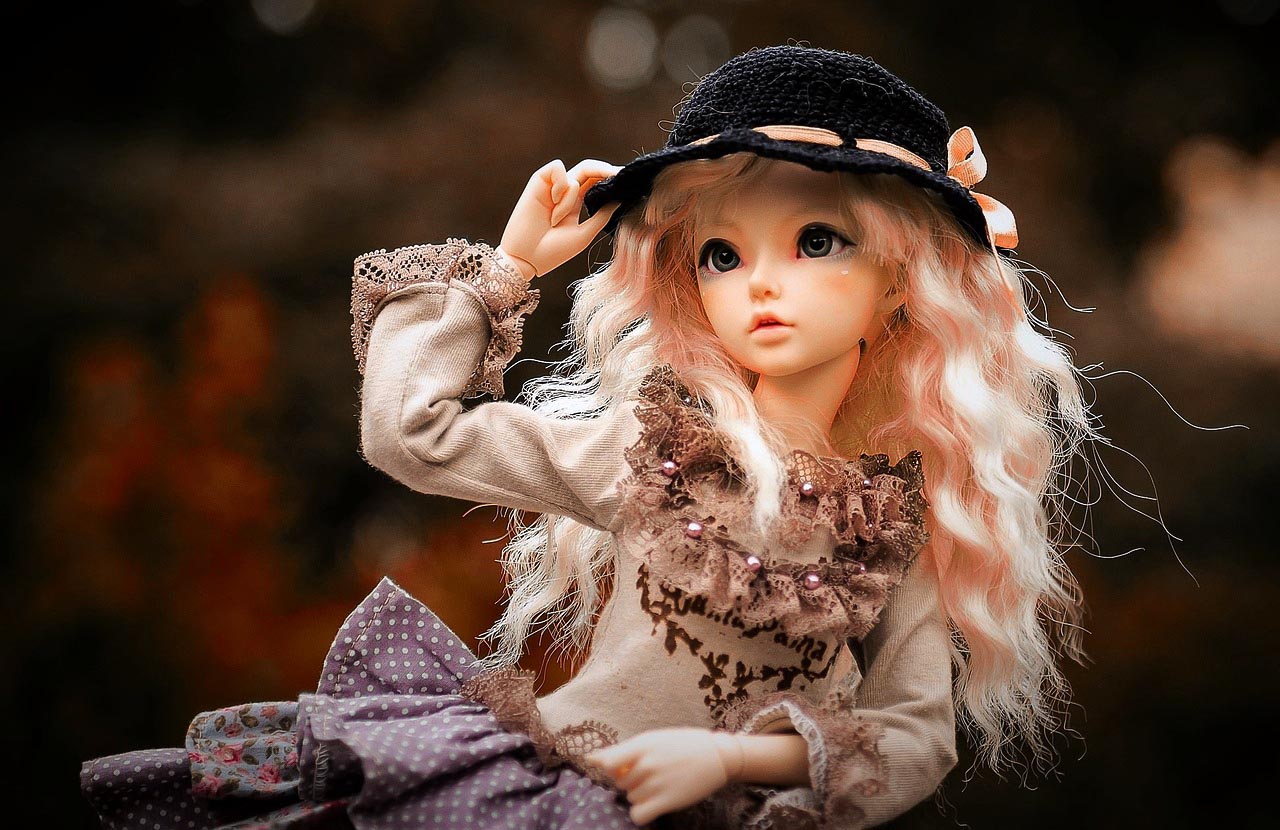by Swarna Chandrasekera, Ph.D.
(The first part of this article appeared in the last month (November) edition.)
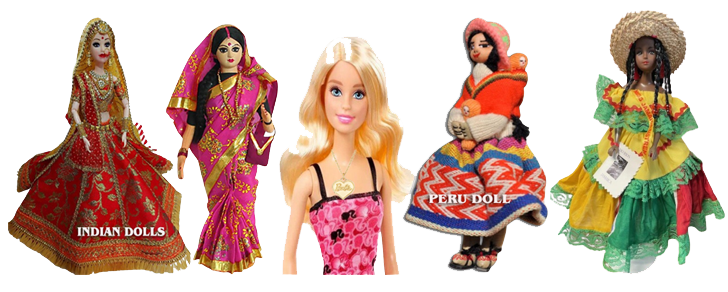
Indian, American, Peru and Jamaican Dolls
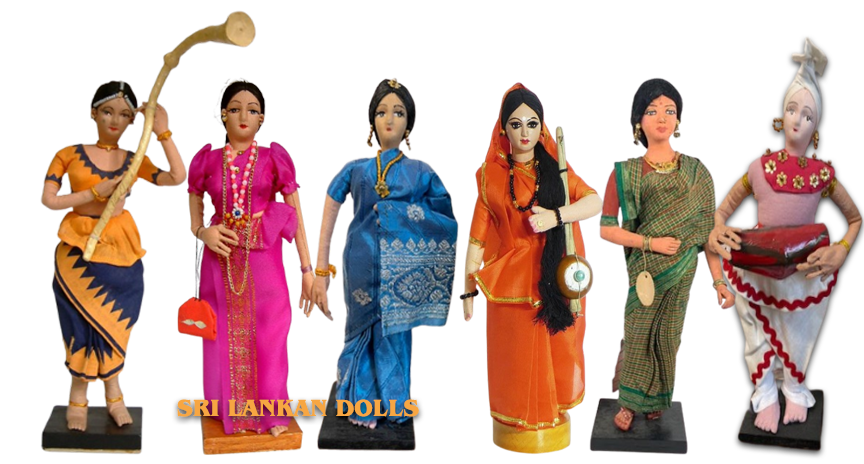
Sri Lankan Dolls
Beliefs and Rituals
Dolls could act out the rituals in place of men, women or children. The ancient clay figures found in Japanese tombs and Haniwa or Egyptian servant tokens Shapti are examples of such burial guardians. “Sometimes dolls have been found in the foundation of ancient buildings, a substitute for the living child which it was once thought necessary to sacrifice to the gods” (King, P.3). The people of Nile threw a doll into the river when it did not rise high enough to fertilize their land. A similar ceremony on the Tiber, dolls made of rushes, offered to the river god. Very many examples of the little jointed clay dolls have discovered, usually “in the temples dedicated to Demeter and Persephone, Aphrodite and Atreus.” (Hiller, P.15) The Roman girls dedicated their dolls to Mercury and Jupiter while cradle toys of infancy dedicated to Bacchus.
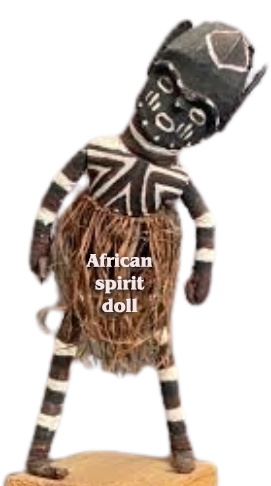

As part of their religion, the Achewatribe of central Africa used delightful homemade spirit dolls that intended to house the spirits of departed ancestors. Sacrifices and prayers offered to the spirit doll acted as a means of communication between the living and the dead. “The women of the Wapogora and Wagindo tribes carry dolls made of gourds and decorated with beads when they desire children. The lower gourd is often inscribed with the tattoo marks of the tribe and an indication of the sex of the wanted child. If, after being successful and making the woman pregnant, the doll is damaged or lost, great fear will surround the child who would then (it is believed) be more vulnerable to sickness. The Atutu tribe of Africa is particularly logical about its customs. A barren woman may be helped by the village magician giving her a doll to carry on her back, but if the image magic is not successful, she is free to give the doll to a child as a toy. Some Negro tribes of South Africa have dolls that are carried on the back, nursed, suckled and even given names.” (King, P31.) In Nigeria, when the death occurs of a twin, the mother or surviving twin carries forever a doll. This doll is bathed and dressed as the living child and the spirit of the dead twin is thus given a place to live. The Yoruba believe that the souls of twins are indivisible.
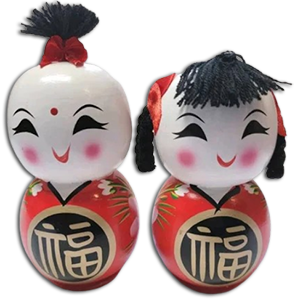
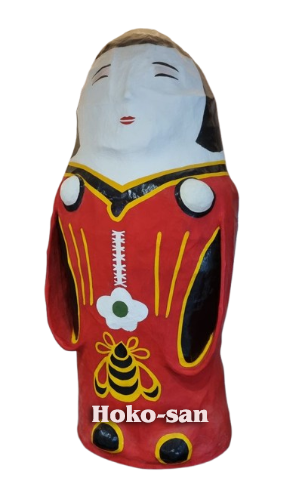
The most primitive Japanese doll-like toy is the Somin-shorai. These doll- like symbols were used to drive off evil spirits and are still sold at New Year’s Day celebration. The Japanese had great faith in Hoko-san or servant dolls, which sere believed to be capable of taking the sickness from a sick child suffering from an incurable disease. In the Chinese wedding procession, over forty attendants including musicians and servants accompanied the bride as she is travelling from her home to that of her bridegroom. As the Chinese colour suggestive of happiness is red, many of the dolls are dressed in this colour. Other doll-like figures are associated with weddings include a lady doll whose hands are hidden by her kimono sleeves, indicating that she has just been married.
In India, the dolls are often given as gifts on festive occasions, particularly Gojulashtami celebration the birth of Krishna, the child god, which is primarily a children’s festival. Ajith Mookerjee in his book “Folk Toys of India” describes how a woman might make an image of Gasthi, a household deity. While she is making the doll she will explain the story of the deity to the children around her, so that when they are given the image as toy, the figure has added significance, as they know all about its background.
Wooden dolls are used in traditional devil rituals in Sri Lanka. There is a scene of a doll in Rata Yakuma. “Presently we hear a voice lulling a baby to sleep, and in a moment the exorcist appears with an infant in his arms (he uses a doll or puppet made of wood to represent the infant.) (Sarachchandra, P.41)
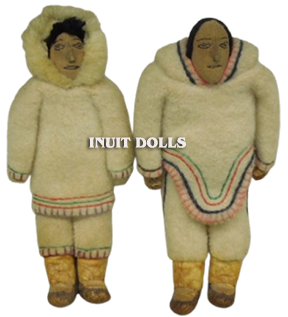
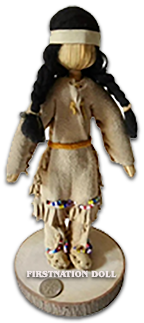
The Eskimos sometimes used a ‘good luck doll’ on fishing expeditions where the doll was tied to the kayak in order to give them protection. The dolls of the Hopi and Zuni Indians serve a dual purpose; serve a dual purpose. Tribesmen in their ritual dances first used the dolls and then they are given to children. The Ojibway Indians have dolls known as ‘unlucky, ’figure of which represent a dead child. The mother, by placing such a doll in a cradle and caring for it, is comforted by the belief that she has assisted the soul into the safety of the world beyond.

“Bread dolls were eaten on saint’s days, both by adults and children, in order that some of the sanctity of the saint might thus be transmitted to the eaten Gingerbread doll.”(King, P.42) ‘Bambino’ dolls were often given to mothers in Catholic countries on the birth of a child. These were sometimes very extravagant and ornate, with gilded and flower-strewn cradles, while others were very simple and consisted of a cheap doll wrapped in swaddling-cloths lying in its wooden cradle. Various types of dolls were utilized for these gifts, so that they have to be individually dated. Even today christening cake bears a gilded cradle containing a plastic baby doll, a variant of the old tradition.” (King, P.132) These facts illustrate that dolls are used for different purposes.
The Festival of Dolls
When the peach blossoms bloom in early March the Japanese celebrated their holiday, the Doll Festival. This beautiful festival is a traditional custom, dating back to some 1,000 years. Hina Matsuri, the girl’s festival, is on March 3rd of each year. On this day, each family sets out a number of dolls for display, placing a male-female pair of Hina dolls at the top of the display, as a sign of their prayer for the happiness of their young daughters.
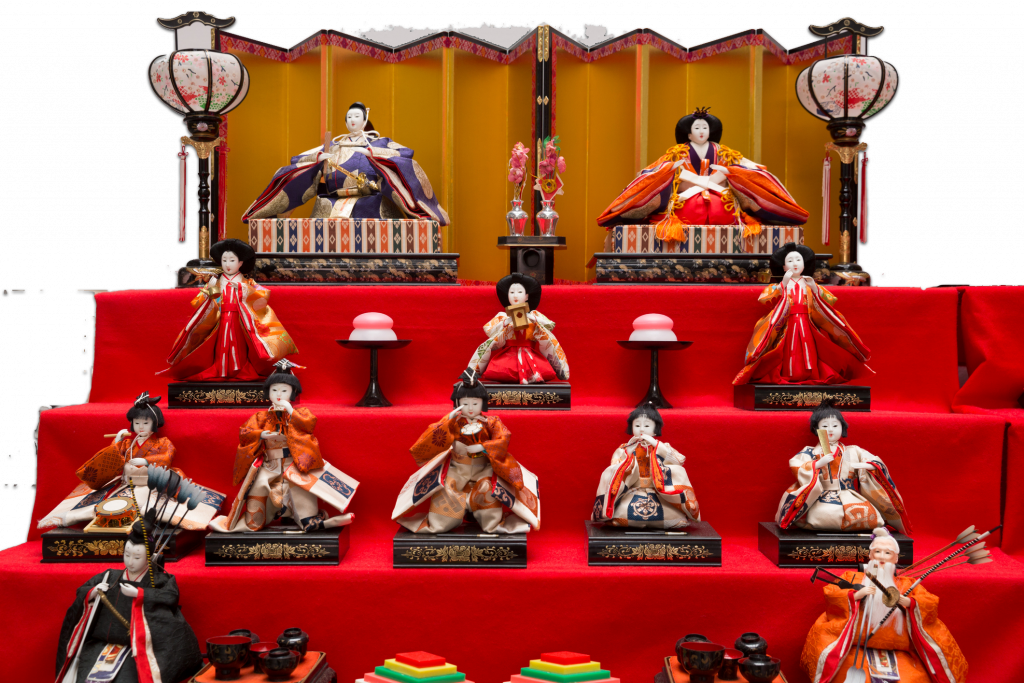
They arrange the dolls in special order on a high wooden stand with shelves. The stand arranged in seven tiers and covered with a red cloth. The Emperor and Empress, dressed in beautifully embroidered robes, reign on the highest step with gold leafed folding screen at their back. A pair of hand-lamps stand on this tier, one at each end. The second tire from the top is occupied by a set of three dolls representing ladies-in-waiting. A set of five musicians is placed in the third tire. In the forth and the lower tires there are arranged figures representing attendants and humble servants. Added to all these figures arranged on tires are miniature articles, modeled on a bride’s outfit, and miniature tables covered with lozenge rice cake, sweetened with sake and dishes to be offered to the dairi dolls. All around the stand are arranged peach blossoms, the Japanese symbols for the gentle qualities of a girl.
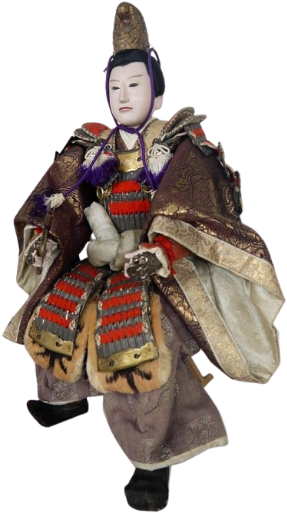
The festival for boys, which corresponds to that of the girls on March 3rd and Hina Matsuriis called Tango no Sekku, or simply Boys’ Festival and is held on May 5th. Families with sons display splendid sets of miniature armor and figures of costume Samurai warriors, and offer prayers that their sons will grow up strong and healthy.
In the Indian State of Rajasthan, quite a different Festival of Dolls take place every year. It is called “Gangaur Festival” and is centered on the worship of the goddess Gauri, the consort of Lord Shiva. ‘Gan’ is a synonym of Lord Shiva and ‘Gur’ is a synonym for Gauri or Goddess Parvati.

This auspicious festival is a celebration of spring and love, harvest, marital fidelity, childbearing and it takes place in the Hindu month of Chaitra(March or April). Especially women celebrate this festival. They dress the clay or wooden dolls of Gauriand Shivain new garments especially made for the occasion, and decorate them look like living figures. At an auspicious hour in the afternoon, images of Shiva and Gauri, placed on the heads of married women and walkthrough the streets. Unmarried girls, who seek the blessings of Gan & Gauri for a good husband, while the married women pray for the good health and long life of their husbands, worship these idols.
The romans celebrated the festival of Floralia, (April 28th to May 3rd in the Julian calendar) to honour the goddess Flora of flowering and blossoming plants, vegetation and fertility and became the ‘May Day Festival.’ The central festival, which is the ‘maypole,’ has descended from the Roman festivities which have often been accompanied by the creation of garland centered around a doll, elaborately dressed and festooned as a symbol of plenty, which would be carried on top of a pole to where the festival centered.
Dolls are beautiful objects that are appealing not only to children, but also to adults. Some dolls are even treated as family members. We can all appreciate dolls, regardless of our age, financial status, or level of education. Dolls are not merely playing objects for children but are used for rituals and other recreational purposes. Different dolls, representing different functions, found in almost every country and tribes around the world, illustrate the fact that any age group appreciated dolls. Festivals associated with
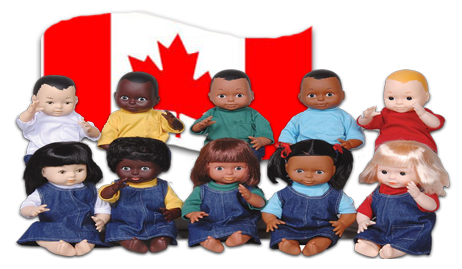
dolls, which originated thousands of years ago, can still seen today. Many different types of dolls have come to life ever since the first doll was made many generations ago. When studying the history of dolls, you will find out that people everywhere are very much the same. To grow up healthy and happy, we all need love and care, food, homes and clothing, a chance to learn and a chance to enjoy.
Bibliography:
Bose. Tara, Folktales of Gujarat, New Delhi: Sterling Publishers, 1986.
Goodfellow. Caroline, The Ultimate Doll Book, Montreal: the Reader’s Digest Association, Canada.
Hillier. Mary, Dolls and Doll-Makers, London: Weldenfeld and Nicolson, 1968.
King. Constance Eileen, The Collector’s History of the Dolls, London: Robert Hale Limited, 1977.
Noble. John, Dolls, New York: Walker and Company, 1967.
Our Canadian Family, Hamilton: The Children’s International Learning Centre, 1981.
New Encyclopaedia Britannica, Volume 2, Chicago: Encyclopaedia Britannica Inc., 1974.
Ramanujan. A. K., A Flowering Tree and Other Oral Tales of India, India: 1997.
Sarachchandra. E. R., The Folk Drama of Ceylon, Ceylon: Department of Cultural Affairs, 1966 ed.
Tetsuro. Kitamura, The Dolls of Japan, Toronto: Japanese Foundation, 1990.
Wheeler. Post, Russian Wonder Tales, New York: Yoseloff, 1957.
Yamada. Tokubei, Japanese dolls, Tokyo: Japan Travel Bureau Inc. 1955.
*https://charlottesydimby.fr/blogs/news/the-history-of-dolls?srsltid=AfmBOorO1ztHDcaxSjvCTqPLu6eM9jMJWC31vnfIEbziLtsH6uktjKbx
*https://musicalbridges.org/wp-content/uploads/2020/05/The-History-of-the-Matryoshka-Dolls.pdf
(The images in this article are from internet sources. Gratefully acknowledged that all the photographers, artists and authors who contributed to the internet resources.)


